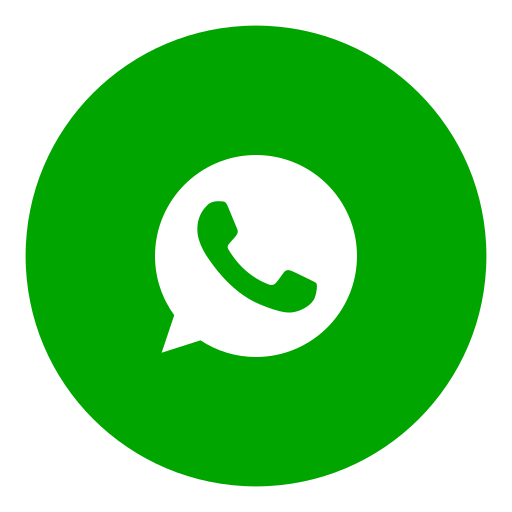Gum Grafting
Gum health is one of the most important aspects of overall oral health. Gum recession is a common problem that many people face, and if left untreated, it can lead to serious tooth loss. Gum grafting (gum transplant) is an effective surgical treatment used to address such issues. When gum recession exposes tooth roots, aesthetic concerns and tooth sensitivity may arise. At LHC Clinic, we offer the best treatment methods to help you preserve your gum health and achieve a healthy smile.
What is Gum Grafting?
🧵 What Is Gum Grafting?
Gum grafting is a surgical procedure used to reconstruct lost gum tissue due to gum recession. This procedure is applied to protect tooth roots, improve the aesthetic appearance of the teeth, and support oral health.
Gum recession can be caused by poor oral hygiene, aggressive brushing, teeth grinding, or genetic factors. With grafting, healthy tissue is added to restore the gum tissue to its original form and return the gum line to its natural state.
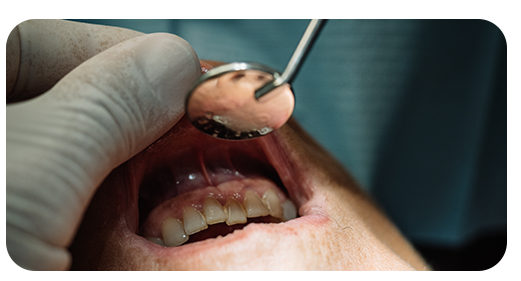
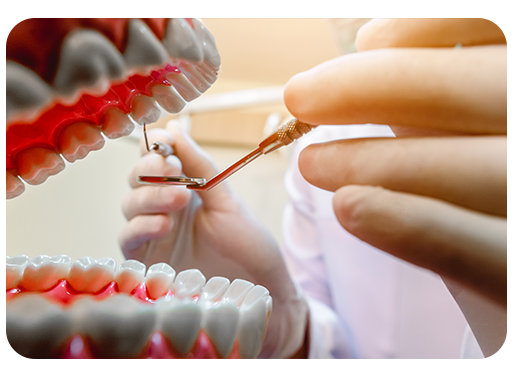
Why is Gum Grafting Performed?
🎯 Why Is Gum Grafting Performed?
- Protecting Tooth Roots: When the gums recede, the tooth roots become exposed, leading to sensitivity, decay, and even tooth loss. Grafting covers the exposed roots and eliminates these risks.
- Improving Aesthetic Appearance: Gum recession can cause teeth to appear longer than normal. Grafting restores the gums to their original position, providing an aesthetic look.
- Supporting Oral Health: Healthy gum tissue helps prevent plaque buildup and gum disease, preserving oral health.
- Preventing Periodontal Disease: If left untreated, gum recession can lead to the progression of periodontal disease. Grafting helps prevent these conditions.
How is Gum Grafting Performed?
🦷 How Is Gum Grafting Performed?
- Examination and Preparation: The dentist assesses the patient's oral structure and determines the extent of gum recession. X-rays may be taken if necessary.
- Tissue Harvesting: The tissue required for the graft is typically taken from the patient's palate. Alternatively, artificial grafts or donor tissue may also be used.
- Tissue Placement: The harvested tissue is carefully placed in the recessed area and fixed.
- Healing Process: After the procedure, the patient must follow specific instructions and visit the dentist regularly for follow-up appointments.
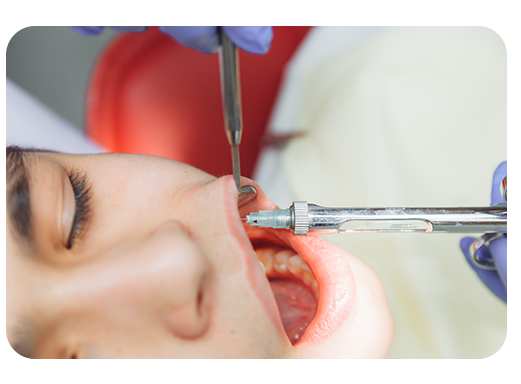

Who is a Candidate for Gum Grafting?
🦷 Gum Grafting is Suitable for Patients Who Experience:
- Tooth sensitivity due to gum recession
- Exposed tooth roots
- Aesthetic concerns regarding gum recession
- Individuals at risk for advanced periodontal disease
Post-Procedure Care for Gum Grafting
🦷 Aftercare Tips for a Healthy Recovery After Gum Grafting:
- Eat Soft Foods: Avoid hard and spicy foods; choose soft foods to prevent damaging the gum area.
- Maintain Oral Hygiene: Use the oral care products recommended by your dentist to maintain good oral hygiene.
- Regular Checkups: Attend follow-up appointments as scheduled to monitor the healing process.
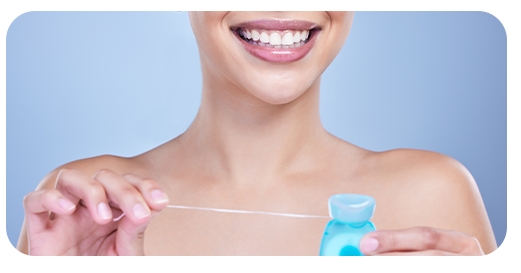

Is Gum Grafting a Safe Procedure?
✅ Is Gum Grafting Safe?
Yes, gum grafting is a safe and effective procedure when performed by a skilled dentist. At LHC Clinic, we provide the most comfortable treatment options using modern medical techniques. However, as with any surgical procedure, patients must follow instructions carefully and monitor the healing process.
How Long Does Gum Grafting Take?
⏱️ How Long Does Gum Grafting Take?
Gum grafting typically takes between 45 minutes and 1 hour. The duration of the procedure depends on the type of graft used and the patient's specific condition. The recovery process usually takes about 1-2 weeks.
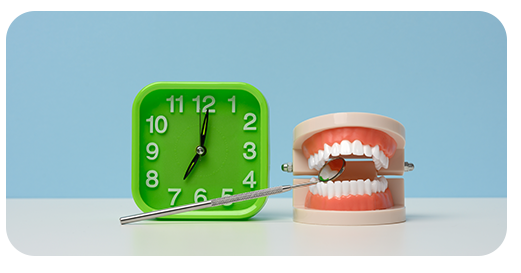
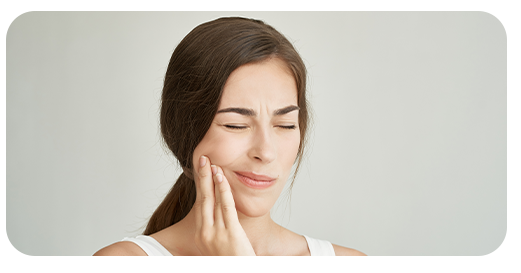
Will There Be Pain After Gum Grafting?
💊 Pain and Discomfort After Gum Grafting
Mild discomfort or pain may be felt after the procedure, but this can be controlled with pain medication prescribed by the dentist. Following the recommended care routine will help minimize discomfort during the recovery process.
Is Gum Grafting Permanent?
🦷 Long-Term Results of Gum Grafting
When proper care and oral hygiene are maintained, gum grafting offers long-lasting and permanent results. However, if the factors causing gum recession (such as aggressive brushing or teeth grinding) continue, new recession may occur. Therefore, regular dental checkups are essential.

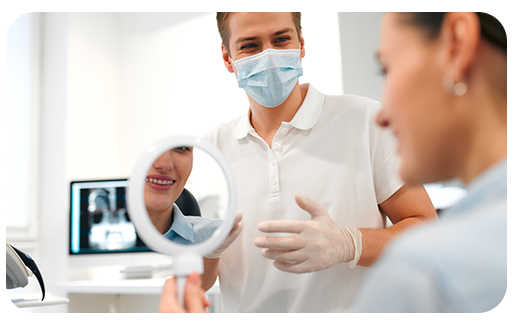
Conclusion Gum Grafting
🦷 Gum Grafting for Healthy Gums
Gum grafting is one of the most effective methods for improving gum health and addressing aesthetic concerns. Patients experiencing gum recession can achieve a healthy and aesthetically pleasing smile with this treatment. At LHC Clinic, our expert dentists provide the best treatment services. If you're experiencing gum recession and considering treatment options, feel free to contact us for more information.
Remember, with regular dental care and checkups, you can maintain healthy gums!
Frequently Asked Questions
Numbness from local anesthesia typically fades within 2 to 4 hours after the procedure.
Factors affecting this include:
• The type of anesthetic used• The area treated
• Individual body response
Tip:
Avoid chewing or drinking hot liquids until sensation fully returns to prevent accidental
injury.
Gum recession occurs when the gums pull away from the teeth, exposing roots and causing sensitivity. Treatment Options: • Deep cleaning (scaling and root planning) • Gum graft surgery in severe cases • Use of desensitizing toothpaste to manage symptoms Early treatment helps preserve gum health and prevent tooth loss.
Sedation dentistry helps patients relax during treatments, especially those with dental
anxiety or undergoing long procedures.
Common methods include:
• Nitrous oxide (laughing gas)
• Intravenous (IV) sedation
Sedation levels can range from mild relaxation to deeper sleep-like states, depending on
the method used.
Facts:
• Frequent sugar intake feeds bacteria in the mouth, producing acids that erode enamel
• Even natural sugars can contribute to decay if oral hygiene is poor
Myths:
• Only candy causes cavities—actually, starchy foods and sweetened drinks can be just
as harmful
• Brushing right after eating sweets prevents cavities—it's better to wait 30 minutes to
avoid brushing softened enamel
Causes of Tooth Stains:
• Foods and drinks like coffee, tea, red wine
• Tobacco use
• Aging and enamel thinning
Whitening Methods:
• Professional in-clinic whitening treatments
• Over-the-counter whitening products (less effective for deep stains)
Professional methods offer faster, more noticeable, and longer-lasting results.
